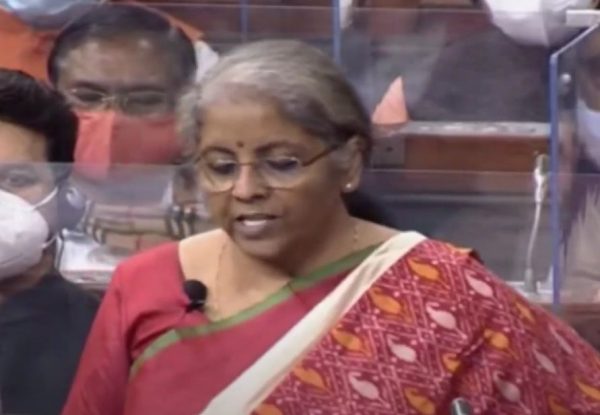Our Bureau
New Delhi
Fitch Ratings says the government’s reform agenda in response to Covid-19 pandemic has the potential to raise India’s medium-term growth rate.
Citing continuous revisions in India’s GDP estimates as. the current norm, State Bank of India (SBI) revised their second-quarter (Q2) GDP to -10.7 per cent from -12.5 per cent with a positive bias, in a research report from SBI Ecowrap on Friday.
The report titled, “Positive events improve India’s Q2 GDP projections: Losses reduced but reasons to remain cautious remain,” was authored by Dr Soumya Kanti Ghosh, SBI’s Chief Economic Adviser. “We are revising our Q2 GDP growth to -10.7 per cent (earlier -12.5 per cent) with a positive bias, based on our nowcasting model with 41 high-frequency indicators, associated with industry activity, service activity, and global economy. Our estimate of Q2 Financial Year (FY) 2021 (or Q3 2020) is aligned with the economic growth seen by various economies in Q3 2020. The GDP contraction halved in Q3 2020 compared to Q2 2020 for select 18 economies,” stated the report.
According to it, the upward revisions reflected faster recovery and the estimates could be better if July and August showed a little bit of traction. The SBI business activity index showed continuous improvement and expected Q3 numbers to be even better. “However, the extent of recovery in subsequent quarters could only be gauged after the actual Q2 numbers were published,” the report stated.
The Ecowrap report said there was no doubt that the country’s economy had suffered and the scarring still remained. The Micro, Small and Medium Enterprises (MSME) sector borne the brunt of the COVID-19 pandemic and the Export Promotion Capital Goods (ECLGS) scheme was a shot in the arm.
The report also highlighted that corporate results remained good and growth in corporate GVA of 3,640 listed entities was at 22.06 per cent year on year (y-o-y) for Q2 FY21 and size-wise analysis based on turnover showed resilience in small and medium enterprises.
Meanwhile, Moody’s on Thursday raised India’s gross domestic product (GDP) forecast for 2020 to 10.6 per cent contraction, from an 11.5 per cent contraction projected earlier. It also revised calendar year 2021’s GDP upwards to 10.8 per cent compared to the earlier forecast of 10.6 per cent.
The report released by Moody’s Investor Service said consumer confidence in India remained relatively low amid a continued elevated number of daily new coronavirus cases, although it had come down from the peak in September. “We currently expect India’s growth to reach 10.8 per cent in the fiscal 2021 (ending March 2022), compared with our earlier forecast of 10.6 per cent, and to settle around 6 per cent in the medium term. We have revised our real, inflation-adjusted GDP forecast for fiscal 2020 to a 10.6 per cent contraction, from a 11.5 per cent drop previously,” stated the report.
It also said general government fiscal deficit should remain wide, reaching around 12 per cent of GDP, with some upside risk, in 2020 and narrowing to about 7 per cent of GDP over the medium term, still above the deficit of 6.5 per cent of GDP in 2019.
On November 9, the 15th Finance Commission submitted its report for 2021-25 to the president. According to media reports, it stated that the central and state governments should focus on debt consolidation and comply with the fiscal deficit and debt levels in their Fiscal Responsibility and Budget Management Acts.
But Fitch Ratings said on Friday that revival of the central government’s reform agenda in response to the coronavirus pandemic shock has the potential to raise India’s medium-term growth rate.
In a report titled — India’s reforms could support medium-term growth — Fitch Ratings suggested there will be downside pressures to growth and said the process of reform in India “remained especially complex and implementation at times proved difficult”. “Raising medium-term growth rates under these circumstances will require reforms to support investment and boost productivity,” the report stated, adding that it will take time to assess whether the reforms are implemented effectively.
It said several reforms passed by the parliament since the pandemic set in which could lift medium-term growth prospects. The report noted that the agricultural reforms announced by the parliament could give more flexibility to the farmers to sell their produce.
“The agricultural reforms brought by the parliament to give farmers more flexibility to sell their produce is notable. Stripping out middlemen, as the reform allows, could improve farmer incomes while reducing consumer prices,” it stated.
























